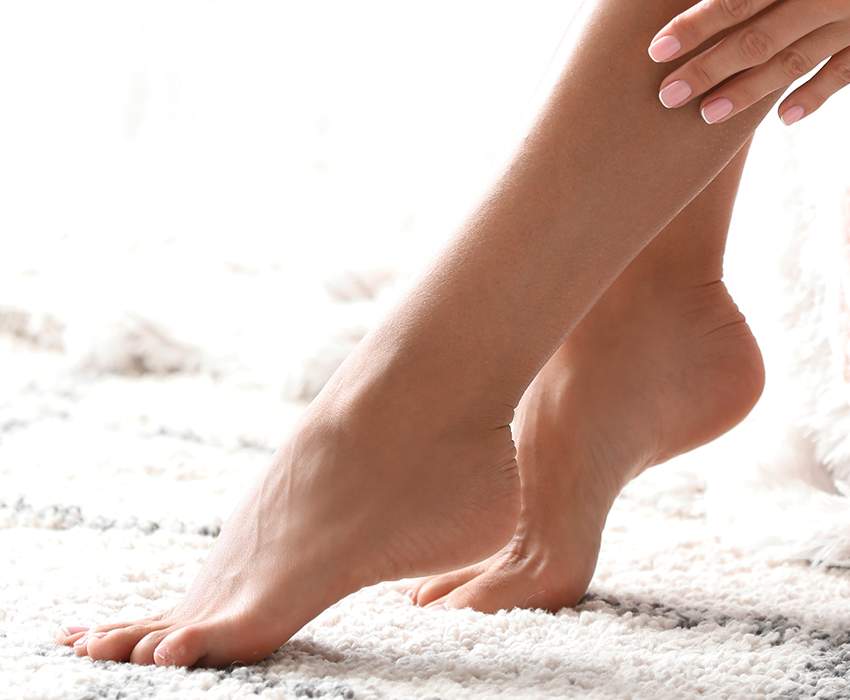Corns and plantar warts (verrucae) can appear similar at first glance — but experienced dermatologists can clearly distinguish between them.
A corn (clavus) typically develops as a result of pressure and friction. Common triggers include ill-fitting shoes or foot deformities such as hammer toes or splayfoot. Visibly, it appears as a small, thickened area of skin on the foot. The pain experienced when walking or applying pressure is caused by a central cone-shaped core of hardened skin (the keratin plug) that can extend deep into the tissue.
To successfully treat a corn and prevent recurrence, it’s important not only to remove the corn itself but also — if possible — to address its underlying cause.
We gently remove the clavus using precise instruments or laser therapy. In the case of deeper corns, surgical removal under local anesthesia may be performed at our clinic in Zurich.

